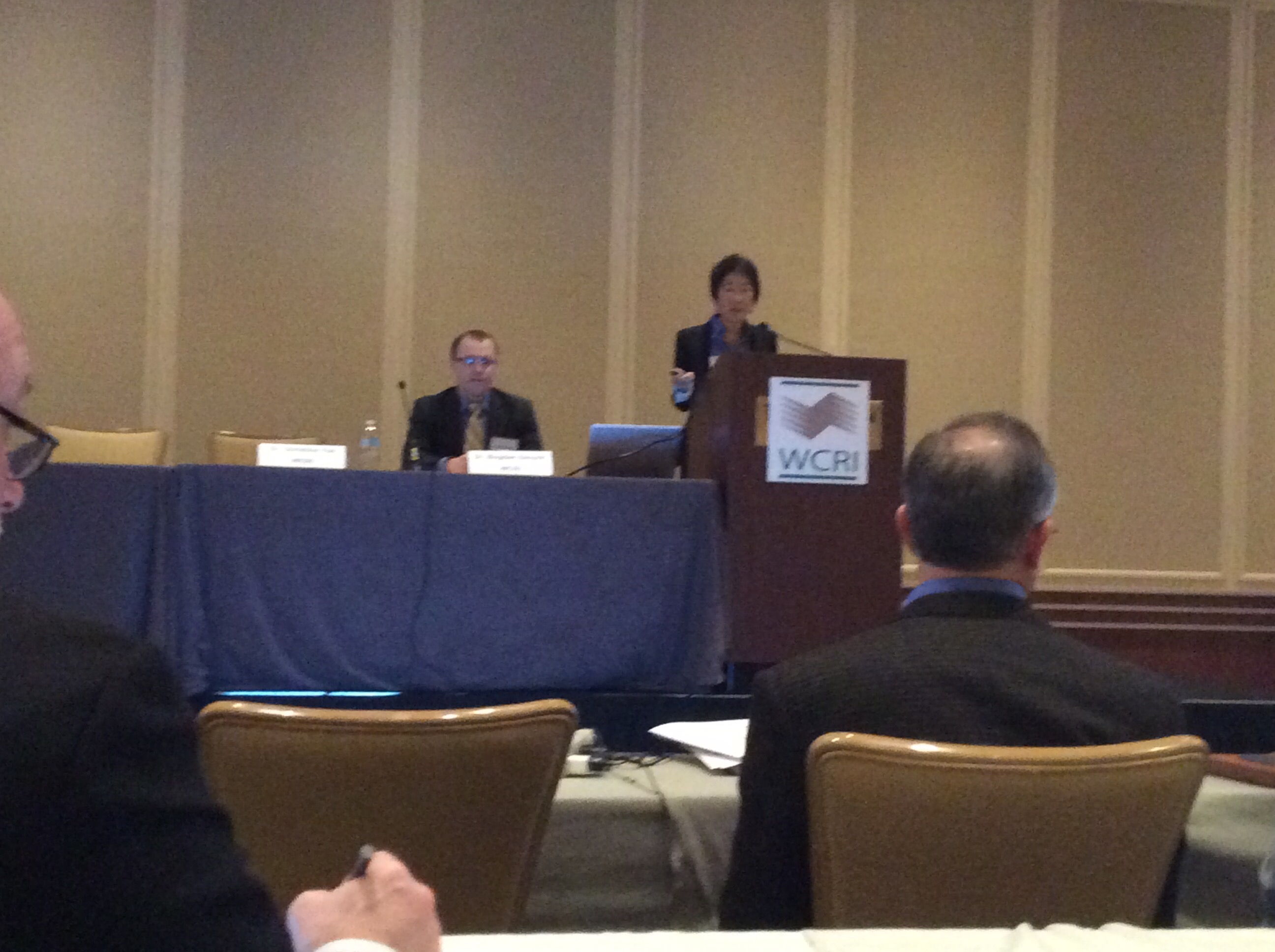WCRI Studies: Why Do Surgery Rates Vary / Impact of Provider Choice
Christee Yee from WCRI presented the finding on their study regarding variation from surgical rates in various states.
In many states, the back surgery rates in workers’ compensation are following the rates also seen in group health. However, there are states with significant gaps between the back surgery utilization and reimbursement rates comparing workers’ compensation and group health. In Oklahoma and Illinois for example, reimbursement rates for back surgeries were over four times higher than group health. In addition, utilization rates for these services were much higher than group health. Overall, the study showed much higher back surgery utilization in states where workers’ compensation reimbursement rates were significantly higher than group health.
The study also showed if you increased the number of surgeons per capita in a geographic area, there was a corresponding increase in back surgery rates. However, an increase in the number of chiropractors and physical therapists tended to lower back surgery rates.
Interestingly, these same trends were not seen with regard to knee surgeries.
Bogdan Savych from WCRI talked about their study on the impact of medical provider choice.
There has been a long-standing debate about who should have medical provider choice. Many states allow employers at least a partial choice, often by providing physician panels. There are few states where employers choice of physician lasts the duration of the claim. For the most part, the employers choice of physician is for a limited period of time.
The WCRI study showed for a “typical” case costs where lower when the injured worker had the most control over provider choice. But in complex cases, costs were higher where the injured worker had the control. They did not define how they distinguished between “typical” and “complex” cases.
EDITORS NOTE: Without understanding how they define “typical” vs “complex” cases this seems to follow the 80-20 rule where 80% of costs come from 20% of the the claims.
During the Q/A the audience asked a lot of questions about their definition of “typical” vs ” complex claims. They made this distinction based on cost and duration of claims. They feel the study showed that higher cost claims were more expensive with employee choice of physician, and lower cost claims were less expensive.



